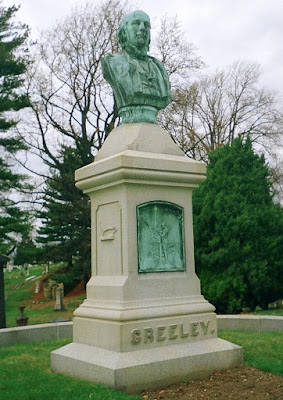Our goals during this past Sunday's "Birding in Peace" walk was to look for signs of Spring, as well as, my favorite early migrant: American Woodcock. Most people think of the Eastern Phoebe as the earliest migrant in our area, but woodcocks frequently begin passing through in late-February.
As the snow retreats and bare patches of ground soften,
Common Snowdrops (Galanthus nivalis) emerge. A great spot to look for these blooms is the open grass at Twilight Dell, along Central Avenue. They didn't disappoint this week and I expect that for this coming weekend's tour there will be a lot more poking their nodding blooms up through the soil.
Across the intersection from Twilight Dell is a new tree for me -
Cherry Birch (Betula lenta). I never really noticed this native species before, but the low, dangling catkins caught my attention for the first time last winter. Birch beer can be made from this tree's sap. Maybe that could be another product for the Green-Wood Cemetery store! If you'd like to find this tree it is just off the south-west intersection of Central Avenue and Pine Avenue.
Turkish Filbert or Hazel (Corylus colurna), which are fairly common throughout the cemetery, are now covered with their long catkins. The nuts are edible, but apparently smaller, harder and more difficult to harvest than the Common Hazel, so probably best left for squirrels to dine on.
Witch-hazel is blooming throughout the cemetery. Not really a Spring bloom or even a sign of Spring. This example at Winter Walk is a cultivar: Jalena witch-hazel (Hamamelis × intermedia 'Jelena'). I've seen witch-hazel blooming in Brooklyn in the middle of Winter, when the Spring thaw is a distant dream. Always a nice splash of color on an otherwise drab landscape, though.
As the group circled the edge of Sylvan Water I spotted something moving under a white pine. I ducked down to get a better look and saw a Cooper's Hawk among a pile of white, downy feathers. Approaching slowly, the raptor spooked & flew off, dropping her prey at the base of a cherry tree: a female
Wood Duck. It was the first time I'd been so close to this tiny waterfowl and was immediately struck by the beautiful, iridescent
speculum.
The Cooper's Hawk had only flown a short distance, perching in an elm tree above the grave of
Do-Hum-Me. By the robust size of this raptor, I assumed it was a female. She patiently waited for us to leave the area before swooping down to reclaim her breakfast. I learned from a friend later on that there was an unhappy male Wood Duck paddling around the Sylvan Water.
Finally, as we were looping back to the start of the walk I heard the low, twittering sounds of a
woodcock's wings. I wheeled around in time to spot this odd, chubby little bird flying towards the leaf litter near the steep ridge below Cliff Path. Knowing where this cryptically plumed bird landed only gets you halfway there...actually finding it is a challenge. How quickly did you spot it in the photo? The
American Woodcock's migration is just beginning, so if one is patient, knows where to look for them and can tell the difference between a plump bird and a pine cone, you may actually get to see one. Aldo Leopold wrote a great essay about their amazing breeding display.
Read it online here.















